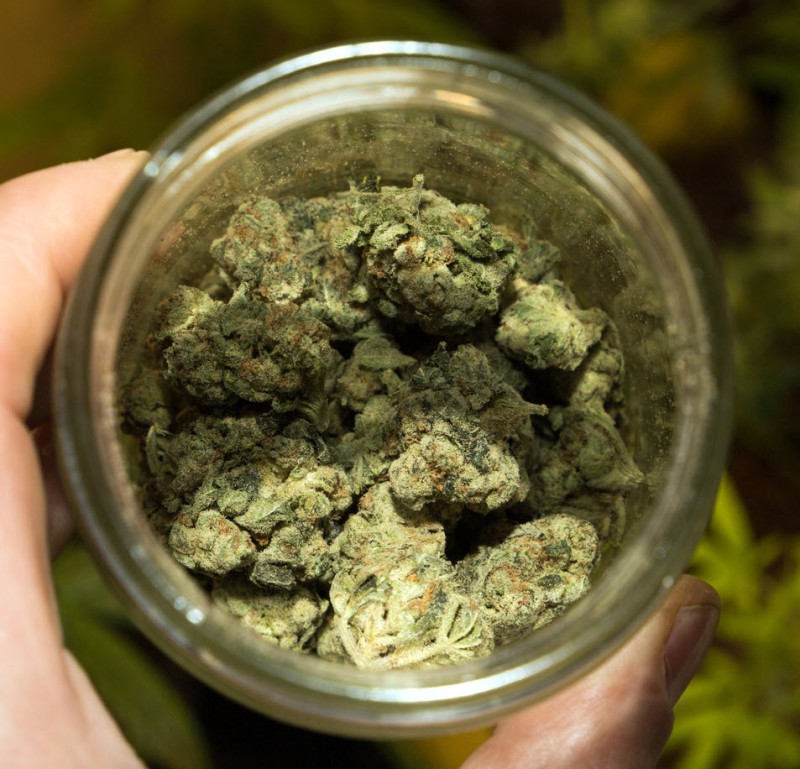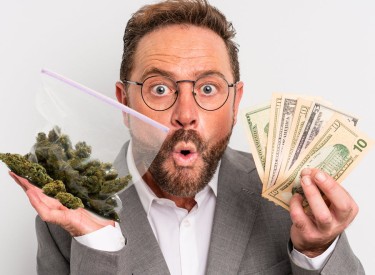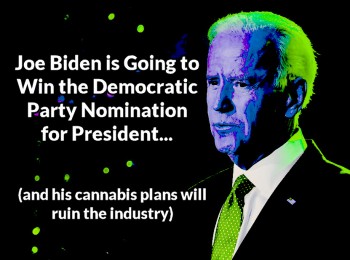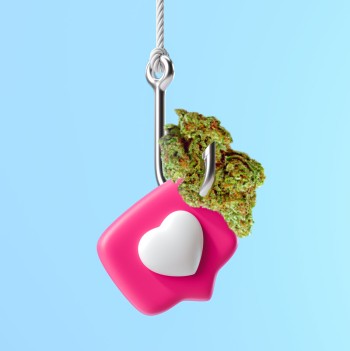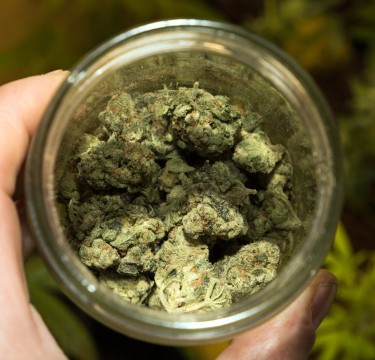
In the rapidly evolving landscape of cannabis legalization and commercialization, one question persists among consumers, entrepreneurs, and policymakers alike: How much should an ounce of weed cost? As the U.S. cannabis market surges past $35 billion in annual sales and more states embrace legalization, the answer is more nuanced than ever—shaped by a complex interplay of economics, regulation, quality, and consumer behavior This article explores the many facets that determine the price of an ounce of cannabis in 2025, offering insights drawn from industry data, expert analysis, and the lived experiences of consumers nationwide.
The Standard: What Is an Ounce of Weed?
Before delving into costs, it’s important to clarify what constitutes an ounce of cannabis. An ounce—commonly referred to as a “zip” in cannabis culture—equals 28 grams of dried flower. For most consumers, this is a substantial quantity, often enough to last weeks or even months depending on usage habits. In most legal states, an ounce is also the maximum amount an individual can purchase or possess at one time, making it a standard unit for both buyers and sellers
The National Price Spectrum: $100 to $400 and Beyond
As of 2025, the cost of an ounce of weed in the United States spans a broad range, typically from $100 to $400, with significant variation based on location, quality, and market maturity. Here’s a closer look at the breakdown:
-
Oregon & Washington: $100–$180 per ounce, reflecting mature markets with abundant supply and competition.
-
California: $150–$300 for mid-tier flower; premium options can exceed $400.
-
Colorado: $100–$200 on average; top-shelf strains up to $250.
-
New York: $200–$400, reflecting higher costs in emerging or highly regulated markets.
-
District of Columbia: Upwards of $550, due to limited supply and regulatory hurdles.
-
National Averages: $256 for medium-quality, $320 for high-quality cannabis.
These figures underscore a central truth: There is no single “correct” price for an ounce of weed in the U.S. Instead, prices are shaped by a mosaic of local factors.
The Factors That Shape Cannabis Pricing
1. Legal Status and Market Maturity
States with established, competitive legal markets—such as Oregon, Washington, and Colorado—tend to have the lowest prices. Here, oversupply and efficient distribution have driven costs down. In contrast, states with newer or more restrictive markets see higher prices due to limited supply, regulatory costs, and higher risk premiums.
2. Quality and Strain
Cannabis quality is a primary driver of price. High-THC, rare, or award-winning strains command premium prices, often exceeding $350 per ounce. Conversely, lower-quality or “budget” flower can be found for $100–$150, especially in the illicit market or in regions with abundant supply. Strains that are popular by state can also effect local pricing.
3. Taxes and Regulatory Costs
Legal cannabis is subject to a patchwork of state and local taxes, which can add 20–40% or more to retail prices. In California, for example, taxes and compliance costs have led to some of the highest retail prices in the country, despite the state’s massive production capacity.
4. Supply and Demand Dynamics
Oversupply in mature markets has led to price compression, with wholesale prices dropping by over 50% since 2015. However, in new markets or regions with production bottlenecks, prices remain elevated. Seasonal harvest cycles can also cause temporary fluctuations.
5. Wholesale vs. Retail Pricing
Wholesale flower prices have stabilized around $1,000 per pound nationally (about $62.50 per ounce), but retail prices are significantly higher due to taxes, distribution, and retail markups.
6. Black Market Influence
Despite legalization, the illicit market continues to influence pricing, especially where taxes or regulations make legal cannabis less competitive. Black market ounces can be significantly cheaper but come with risks related to quality and legality.
The Consumer’s Perspective: Getting the Best Value
For consumers, understanding what drives price can help in finding the best value. Here are some key considerations:
-
Location, Location, Location: Shopping in a mature, competitive market will almost always yield better prices.
-
Bulk Buying: Purchasing an ounce instead of smaller quantities (like eighths or quarters) usually results in a lower per-gram price.
-
Quality vs. Quantity: Decide if you want top-shelf flower or are satisfied with mid-tier or budget options.
-
Timing: Prices may dip following harvest seasons or during sales events.
-
Legal vs. Illicit: While the black market may offer lower prices, legal cannabis ensures tested, regulated, and safer products.
Industry Trends: The Road to 2025 and Beyond
The cannabis industry is in flux. As more states legalize and the federal government edges closer to reform, several trends are shaping the future of cannabis pricing:
1. Declining Wholesale Prices
Between 2015 and 2024, wholesale flower prices dropped by 56%, and this downward trend is expected to continue as production becomes more efficient and new markets mature.
2. Market Consolidation
In legacy markets, many small operators are struggling to compete, leading to consolidation and, in some cases, closures. This could stabilize or even increase prices in certain regions if supply contracts.
3. Rise of Premium and Alternative Products
While flower remains the largest segment, demand for premium, organic, and craft cannabis is growing. Additionally, edibles, vapes, and beverages are capturing a larger share of the market, often at higher price points per milligram of THC.
4. Taxation and Regulation
States are experimenting with different tax structures, some of which may be unsustainable if they drive consumers back to the illicit market. Policymakers are increasingly aware that excessive taxation can undermine the goals of legalization.
5. Consumer Demographics
Younger consumers (Gen Z and Millennials) are driving demand for alternative products and are more price-sensitive, leading to increased competition and innovation in pricing strategies.
Regional Case Studies: The Price of an Ounce Across America
Oregon:
With one of the most mature markets, Oregon’s ounce prices are among the lowest in the country ($100–$180). Oversupply and efficient distribution have created a buyer’s market, though some small growers struggle to stay afloat.
California:
Despite being the world’s largest legal cannabis market, California’s prices remain high ($150–$300 for mid-tier, $400+ for premium) due to taxes, regulatory costs, and a thriving illicit market that undercuts legal prices.
New York:
A newer market, New York sees higher prices ($200–$400) as supply ramps up and regulatory frameworks are still being established. Prices are expected to decrease as the market matures.
District of Columbia:
Unique regulatory challenges and limited legal supply have pushed ounce prices above $500, making it one of the most expensive places to buy cannabis in the U.S.
International Perspective: How U.S. Prices Compare
Globally, U.S. prices are mid-range. In Canada, where cannabis is federally legal, the average price per ounce is lower (about $202), while in Western Europe, prices are similar to those in the U.S. but can be higher in countries with stricter laws or limited legal access.
Will Weed Get Cheaper?
The trajectory for cannabis pricing points downward, especially as more states legalize, production becomes more efficient, and competition intensifies. Analysts predict the average wholesale price per pound will fall below $940 by the end of 2025, with retail prices following suit in competitive markets. However, premium and craft products are likely to maintain higher price points, and taxes or regulatory changes could disrupt this trend in some regions.
Conclusion
The “right” price for an ounce of weed in 2025 depends on where you live, what you buy, and how you buy it. In established legal markets, expect to pay $150–$250 for a good-quality ounce, with prices dropping lower during sales or in highly competitive regions. In emerging or highly regulated markets, prices can exceed $350–$400 per ounce.
Ultimately, the price of an ounce reflects the intersection of supply, demand, regulation, and innovation. As the cannabis industry continues to grow and evolve, consumers can expect greater transparency, more choices, and—over time—better value for their money.
For consumers, the best advice remains: shop around, know your market, and don’t be afraid to ask questions. The cannabis market of 2025 is dynamic, and informed buyers are best positioned to benefit from its ongoing evolution.

